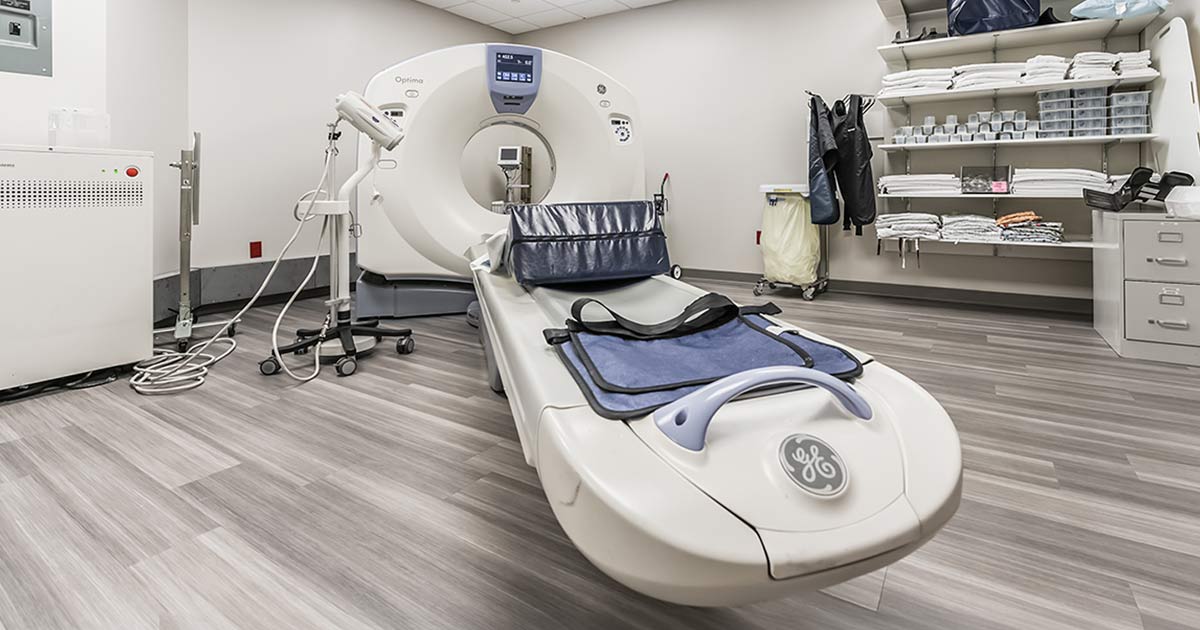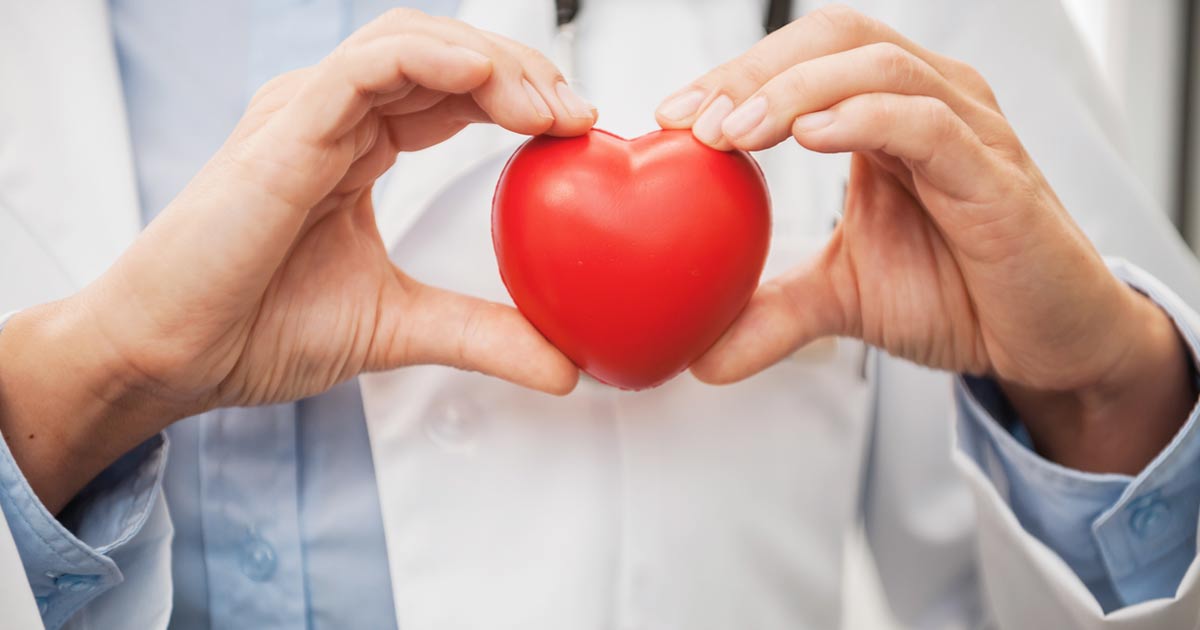
Newborn babies are susceptible to common diseases. While it is difficult to witness your baby being sick, it is important to know what their symptoms can mean and whether they are warning signs for a more serious problem. A common occurrence among newborn babies is jaundice. In rare cases, it can be a sign of a more serious problem.
What is Jaundice?
Infant jaundice is a yellow discoloration of the skin and eyes of a newborn baby. The baby’s blood includes an excess of bilirubin, a yellow pigment found in red blood cells, which causes jaundice. The predominant indication of baby jaundice is yellowing of the skin and whites of the eyes, which arises between the second and fourth day after birth. Gently touch on your baby’s forehead or nose to check for neonatal jaundice. If the skin where you pushed appears yellow, your kid most likely has mild jaundice. If your baby does not have jaundice, the skin color should appear slightly lighter than normal for a brief period of time. (Mayo Clinic)
What Causes Jaundice in Newborn Babies?
Newborn jaundice is most common in babies born before 37 weeks of pregnancy, are known as preterm babies, babies who aren’t getting enough breast milk or formula, either because they’re having difficulty feeding or because their mother’s milk hasn’t arrived yet, and babies whose blood type isn’t compatible with their mother’s blood type. If a baby’s blood type isn’t compatible with their mother’s, antibodies might build up, destroying red blood cells and causing a spike in bilirubin levels.
Newborn jaundice can also be caused by internal bleeding or bruising upon birth, hepatic issues, an infection, an enzyme deficiency, or a red blood cell abnormalities in your infant. (Moores, 2017)
How is Infant Jaundice treated?
Phototherapy is the most common treatment, and it is utilized for the great majority of babies whose bilirubin levels become concerning. The baby is placed under a special light (or wrapped in a particular blanket with the light inside it) to aid in the removal of bilirubin from the body. This method is both safe and effective. When levels are extremely high and there is a risk of brain damage, therapies such exchange transfusions, in which blood is taken out and replaced with new blood, are required. This is, however, quite uncommon.
Feeding is also an important element of therapy since it aids in the removal of bilirubin from the body through the blood and urine. Feeding an infant on a regular basis can also help prevent jaundice. Over the course of a 24-hour period, babies should wet at least six diapers and have regular stools. Stools should change from the normal newborn black, tarry stools to lighter-colored, looser, and “seedy” stools. (McCarty. 2021)
Prevention of Infant Jaundice
There is no real method to keep a newborn from becoming jaundiced. You can have your blood type tested while pregnant. If necessary, your baby’s blood type will be tested after birth to rule out blood type incompatibility, which can cause neonatal jaundice. If your baby does have jaundice, you can focus on their nutrition so it does not get worse. Ascertain that your child is receiving adequate nourishment from your breast milk. Feeding your infant 8 to 12 times a day for the first few days keeps them hydrated, allowing bilirubin to flow through their system more quickly.
Give your infant 1 to 2 ounces of formula every 2 to 3 hours for the first week if you aren’t nursing. Preterm or smaller babies, as well as babies who are already receiving breast milk, may require less formula. If you’re concerned that your baby is consuming too little or too much formula, or if they don’t wake up to feed at least 8 times per 24 hours, consult your doctor. (Moores, 2017)
Infant jaundice is quite common among newborn babies and often goes away on its own. However, if your baby’s symptoms persist or worsen, it is important to consult a doctor as jaundice can be a sign of a more serious problem.
Works Cited
“Infant Jaundice.” Mayo Clinic, Mayo Foundation for Medical Education and Research, 6 Jan. 2022, www.mayoclinic.org/diseases-conditions/infant-jaundice/symptoms-causes/syc-20373865.
Moores, Danielle. “Newborn Jaundice: Causes, Symptoms, Treatment, and Prevention.” Healthline, Healthline Media, 26 July 2017, www.healthline.com/health/newborn-jaundice#risk-factors-and-causes.
Claire McCarthy, MD. “Newborn Jaundice: What Parents Need to Know.” Harvard Health, 4 Feb. 2021, www.health.harvard.edu/blog/newborn-jaundice-what-parents-need-to-know-2021020421886.





